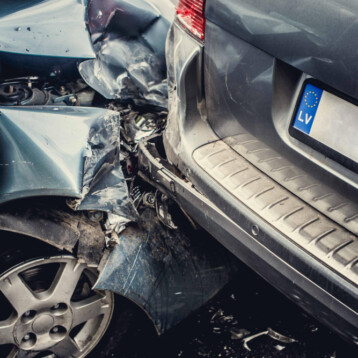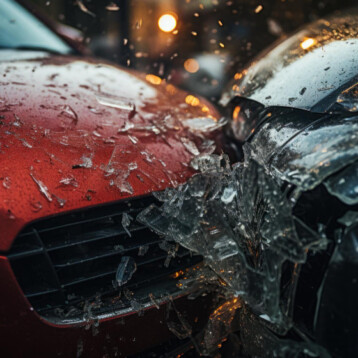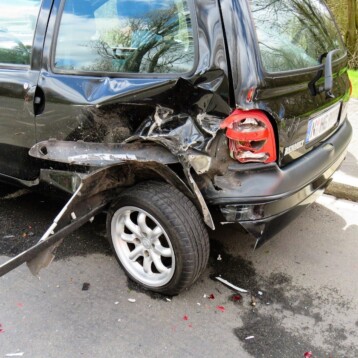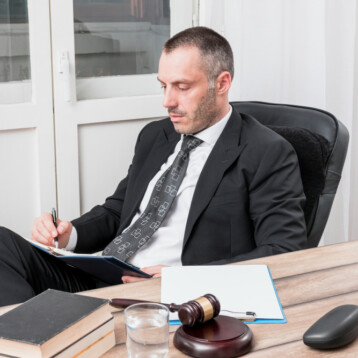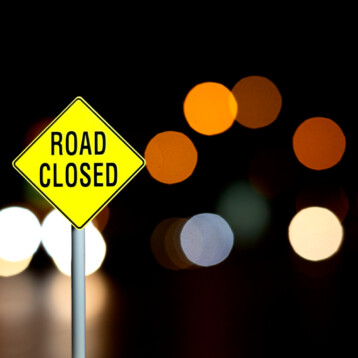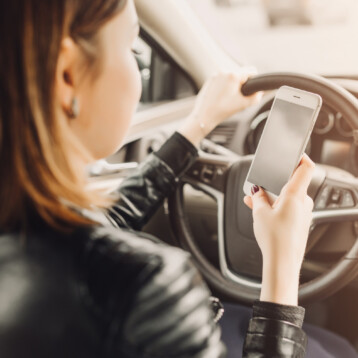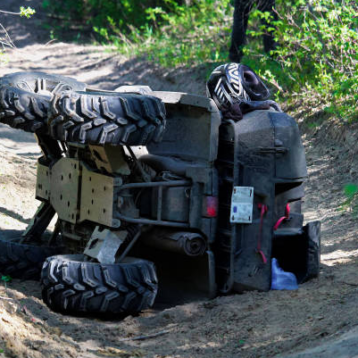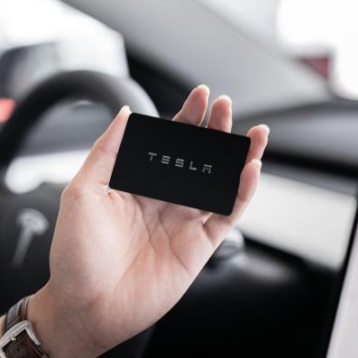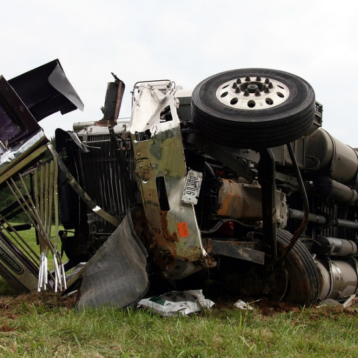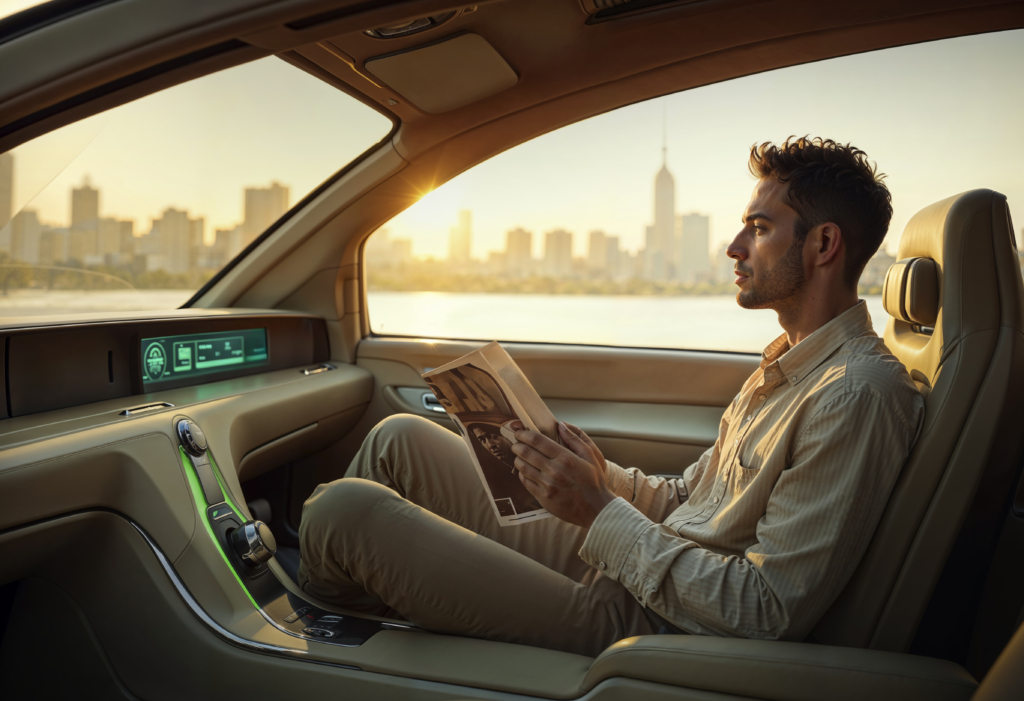
The future of self-driving cars is here. This technology is transforming the transportation sector, offering great convenience. Unfortunately, self-driving cars come with their own set of challenges, especially when accidents occur.
Determining liability in a self-driving car accident is more complicated than in a traditional car accident, mostly because of the lack of a driver. The main question of who is to blame arises.
If you are involved in an accident with an autonomous vehicle, consulting a self-driving car collision attorney is the best next step. A lawyer will help you understand your legal options and the process to follow when filing a claim.
In this article, we will discuss the liable parties in a self-driving car accident and the challenges victims face when it comes to proving liability.
Liability in Self-Driving Cars
Self-driving cars rely on a combination of software, hardware, and artificial intelligence to operate. In autonomous vehicle accidents, liability can fall on the following parties:
- The vehicle manufacturer: Faulty parts or defects in the vehicle’s design can show negligence on the manufacturer’s part.
- Software developers: Errors in programming or the decision-making algorithms could lead to claims against the companies that develop the operating systems.
- Human operators: In cases where the car has manual override options, a human driver or lack of one can be analyzed in a claim.
- Third parties: Sometimes external parties like pedestrians, other drivers, and road conditions can contribute to the accident.
Major Challenges of Proving Liability in Self-Driving Cars
Here are the main challenges people face when it comes to liability.
Determining the Role of Human Error vs. Technology Failure
Self-driving cars are designed to minimize human error, but as of now, many operate with a shared control model, which allows human drivers to intervene. When an accident occurs, determining whether the incident was caused by a driver’s actions or the vehicle’s system failure can be challenging.
For example, if a person fails to take control when prompted by the system, they can be considered at fault. However, if the car fails to detect an object, the manufacturer or developer could be liable.
Lack of Clear Regulations
The lack of clear laws and regulations about self-driving cars leaves gray areas when it comes to determining liability. Courts often struggle with whether they should apply traditional traffic laws, and the lack of clear laws makes the outcomes unpredictable.
Accessing and Interpreting Data Available on Self-Driving Cars
Self-driving cars generate a lot of data through Event Data Recorders (EDRs), sensors, and cameras. While this data is very critical when it comes to determining the cause of an accident, getting it can be a challenge.
Manufacturers are often hesitant to release the information. Additionally, interpreting the data may require expertise to determine whether a technological failure occurred.
Manufacturers and Developers Defense Strategies
It is human nature to protect our interests. Therefore, in the event of a self-driving car accident, manufacturers and developers often use strategies to diminish liability. They may argue that their systems met all the safety standards. Or, human intervention was the major cause of the accident.
These defenses leave the plaintiff with a huge burden of proving liability since they have to demonstrate negligence or show a defect directly contributed to the accident.
Complex Product Liability Claims
Proving a defect in a self-driving car involves understanding the complexities of both hardware and software. Unlike traditional liability cases where defects are easy and obvious, when it comes to software issues, they may be hard to detect.
For example, think of a situation where there was a defect in coding or the decision-making algorithm. Establishing a link between a product defect and an accident often requires extensive technical analysis.
Conclusion
Proving liability in a self-driving car accident is still a complex challenge. As more people shift to autonomous vehicles, there will be clear regulations and laws around this technology, which will create a balance between safety, innovation, and accountability.

